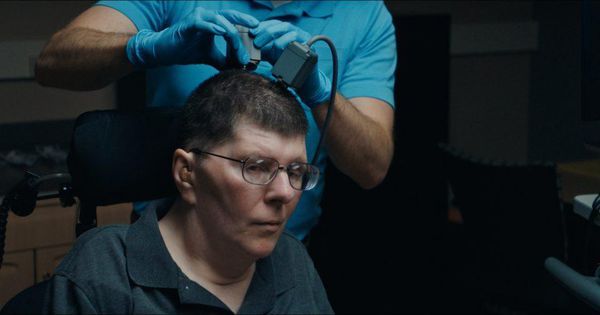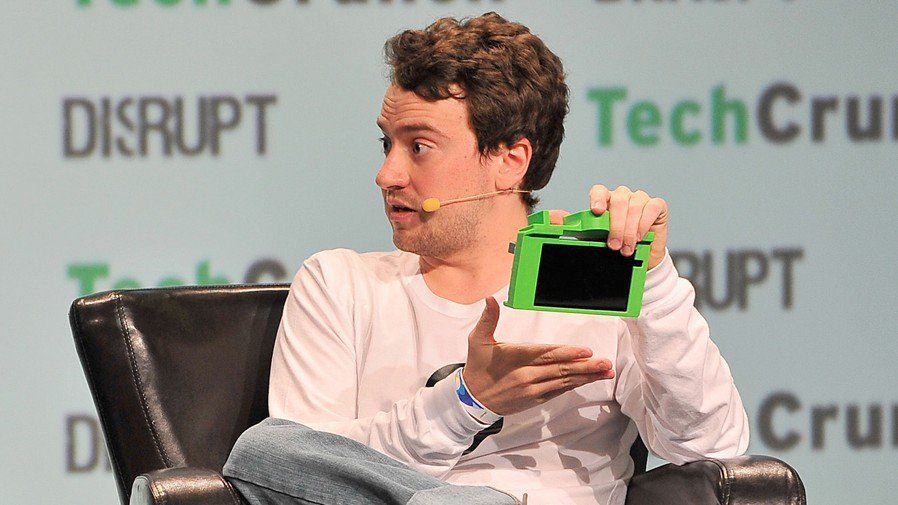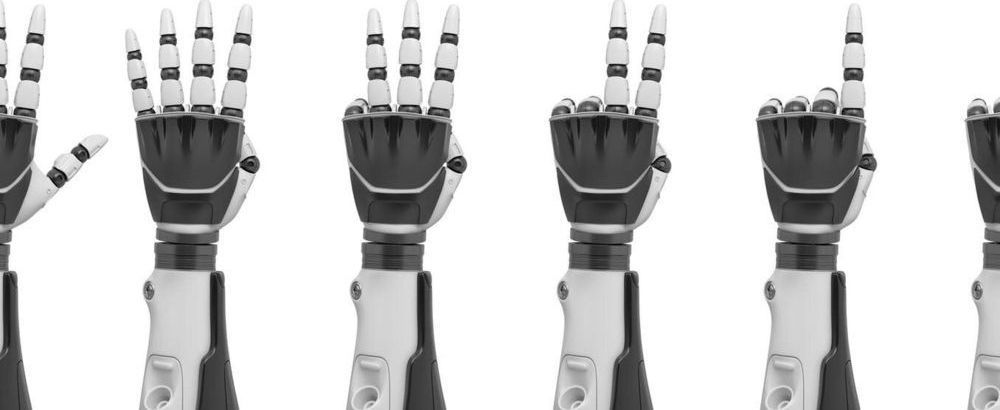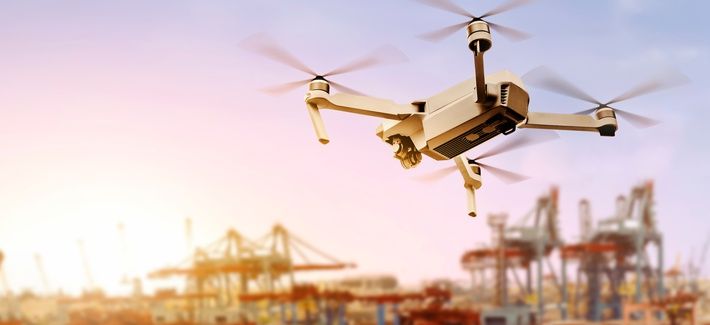The EU is funding the development of AI-powered drones that would autonomously patrol Europe’s borders. The project’s potential for military use can’t be ignored.



One of the most controversial narratives of our time will be discussion around identity and intention, that is who is it actually doing or thinking whatever it is you may be witnessing and why. This disruptive shift will be about discerning between human intelligence, artificial intelligence, hybrids-of-sorts and the types of parameters with which to best frame each category.
Get ready for one of the most controversial tech developments of our era.

Robotics ground controllers in NASA’s Mission Control Center at the agency’s Johnson Space Center in Houston successfully replaced a failed Main Bus Switching Unit (MBSU) on the International Space Station with a spare using robotic operations on Thursday, May 2. The operation to replace the failed unit was conducted using the station’s Canadarm2 and Dextre, both part of Canada’s contribution to the International Space Station.
Using complex robotic work to perform critical maintenance allows astronauts to spend more time working on scientific experiments and helps develop better technologies and procedures for future human and robotic exploration beyond low-Earth orbit.
“Developing new robotic systems is extremely important to get our astronauts back to the Moon by 2024,” Robotics Operations Systems Officer Mike Ferullo said. “The techniques and methods that we are developing with Dextre and Canadarm2 are directly applicable to future missions, and the construction and repair of any Moon-based mission will be done with robotics wherever possible. It’s an extremely exciting time to be involved in space robotics.

This box could make your car autonomous for just $1,000. (from 2016)
Comma.ai’s system will add Autopilot-like abilities to many standard vehicles.

Numbers figure pretty high up on the list of what a computer can do well. While humans often struggle to split a restaurant bill, a modern computer can make millions of calculations in a mere second. Humans, however, have an innate and intuitive number sense that helped us, among other things, to build computers in the first place.

Opinions on #ArtificialIntelligence are a dime a dozen, unless you’re hearing from one of the field’s pioneers. Join us at D60, DARPA’s 60th anniversary symposium, to learn from Ron Brachman about how #AI rose to prominence. https://d60.darpa.mil/index.html
Panel: “DARPA and AI: Visionary Pioneer and Advocate”
Artificial Intelligence has experienced waves of excitement before, but we have never seen the kind of worldwide enthusiasm that we see now, especially in the commercial sector, where AI has become the central mission of some of the world’s most powerful tech companies. DARPA is known for being the first supporter of AI research and panelists will highlight the impetus DARPA provided to the field’s most central technological areas, and give insights about where the field is going next.

Be one of the first 500 people to sign up with this link and get 20% off your subscription with Brilliant.org! https://brilliant.org/realengineering/
New vlog channel: https://www.youtube.com/channel/UCMet4qY3027v8KjpaDtDx-g
Patreon:
https://www.patreon.com/user?u=2825050&ty=h
Facebook:
http://facebook.com/realengineering1
Instagram:
https://www.instagram.com/brianjamesmcmanus
Twitter:
Tweets by TheBrianMcManus
Discord:
https://discord.gg/s8BhkmN
Get your Real Engineering shirts at: https://standard.tv/collections/real-engineering
Credits:
Writer/Narrator: Brian McManus
Editor: Stephanie Sammann (https://www.stephanie-sammann.com/)
Animator: Mike Ridolfi (https://www.moboxgraphics.com/)
Sound: Graham Haerther (https://haerther.net/)
Thumbnail: Simon Buckmaster https://twitter.com/forgottentowel
References:


With the rise of enhanced being the world will change at a fast pace similar games such as black ops 3 are a proper representation of possible outcomes in warfare. Like for instance sentient warfighting robot beings or cybernetically enhanced humans. The extremes of these also are seen in wetware which can essentially not have many limits so increased strength intelligence really anything you can imagine. Really sci-fi games such as halo are not far off at the possibilities of warfare. Really we are only limited by our imagination.
The author of “Ghost Fleet” has some guesses — and some questions that U.S. defenders will have to answer.
Robots, artificial intelligence, cyberwar, 3D printing, bio-enhancements, and a new geopolitical competition; the 21st century is being shaped by a range of momentous, and scary, new trends and technologies. We should also expect them to shape the worlds of insurgency and terrorism.
With so much change, it is too early to know all that will shake out from these new technologies in the years leading toward 2030 and beyond. But we can identify a few key trends of what will matter for war and beyond, and resulting questions that future counter-insurgents will likely have to wrestle with. Below are three, pulled from a recent New America report on what the tech and wars of 2030 might portend.